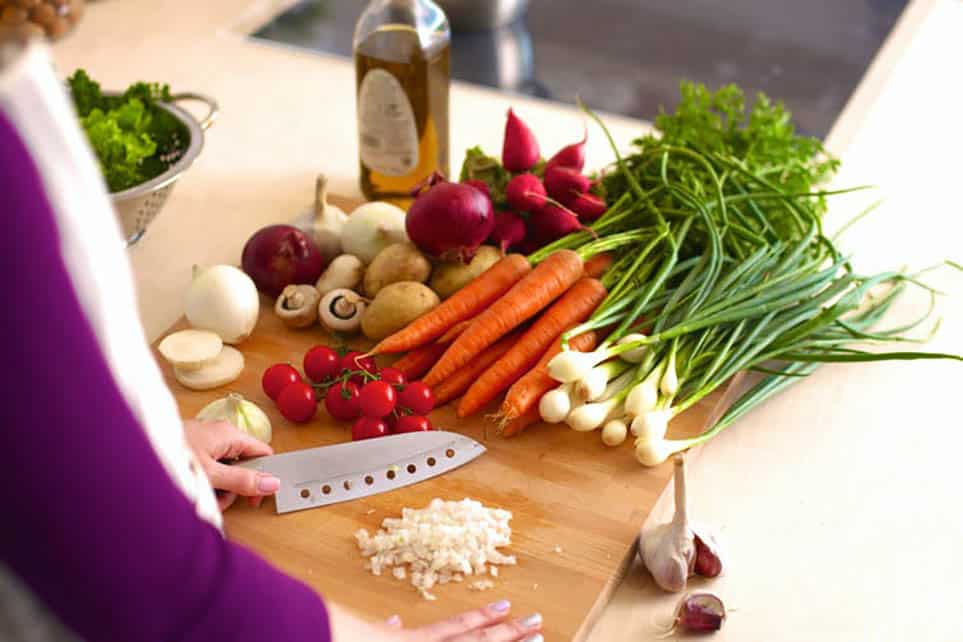Home Cooking and Shopping Trends to Lookout for in 2021

The global pandemic unexpectedly paved the way for families and households to get creative in the kitchen and continue to cook more meals at home. With the average American household spending $8 to $10 per meal at home, it is expected that home-cooked meals will boost grocery sales in 2021. Several shifts have happened in the past few months and consumers’ preference in buying and preparing foods are no exception.
What has changed and what has stayed the same? Here are some of the home cooking trends in the food retail industry for 2021:
Everything Fresh
From fresh seafood to fresh produce, consumers are showing a great interest in quality ingredients to cook at home. This is also in the response to consumers making conscious efforts to procure recipes and ingredients that are “better-for-you” and good for the planet as health and immunity continue to be growing concerns.
Plant-based Food Products
Plant-based foods have already been in the spotlight over the past few years due to the famous meatless meat trend and plant-based burgers. That growth is expected to continue this year. According to a Nielsen report, customers have been eyeing plant-based products such as plant-based milk alternatives and plant-based meat resulting in sales growth of 19% and 46% respectively, in the past year.
Functional and Wellness Foods
Consumers are consuming foods that are believed to relieve stress and promote relaxation. That is why functional and wellness foods are emerging this year. Products like functional beverages that are specially crafted to relax the mind and promote good sleep, enhanced snack bars that give energy and calmness, and fortified chocolates for optimal immune function are just some of the new offerings in the marketplace that are expected to gain momentum.
Retail Stores Streamline Operations
According to a Washington Post article, it is expected that, while there will be fewer new product innovations and offerings in the market there will continue to be changed in shopping behavior, store models, and the need for production efficiency and preparation for long-term growth. Food retailers need to refocus their attention and prioritize streamlining their operations to promote process improvement in-store rather than innovate new business initiatives and strategies. Food retailers should strengthen, optimize and improve current strategies that worked over the past year like prioritizing giving customers a better shopping experience whether in-store through strategic and convenient product merchandising or through seamless e-commerce integration.
Setting the tone and expectations for 2021 in the food retail industry can be quite a challenge considering the adverse impact the pandemic had on the industry last year; however, the silver lining out of these challenges is that it has opened doors for trends and opportunities to emerge.
Grocery and supermarket foot traffic will eventually rebound to pre-Coronavirus days as vaccines are slowly rolling out, but until then, we continue to fulfill customer expectations and keep our customers’ loyalty while preparing for the challenging days ahead.